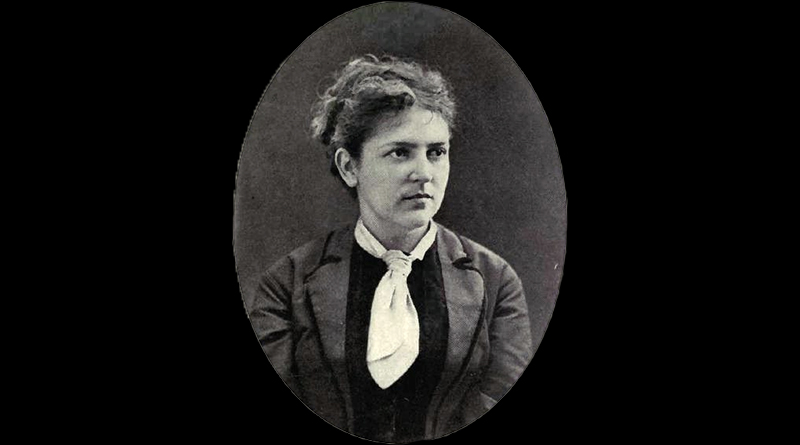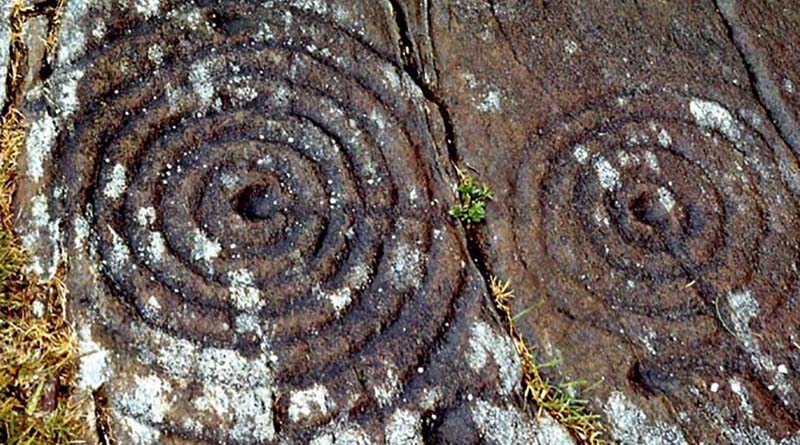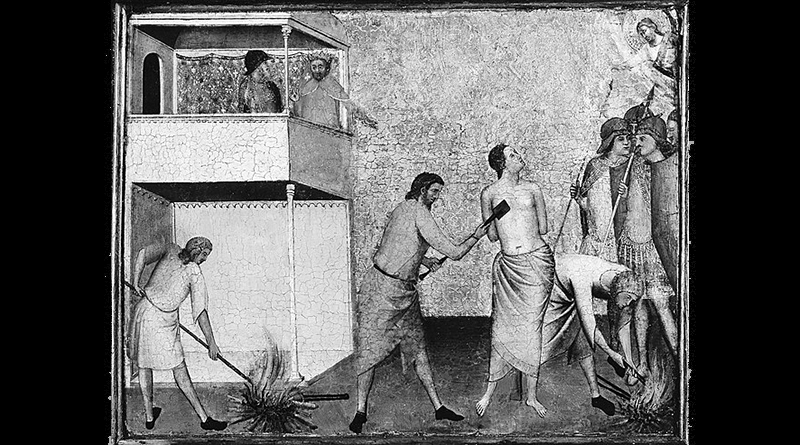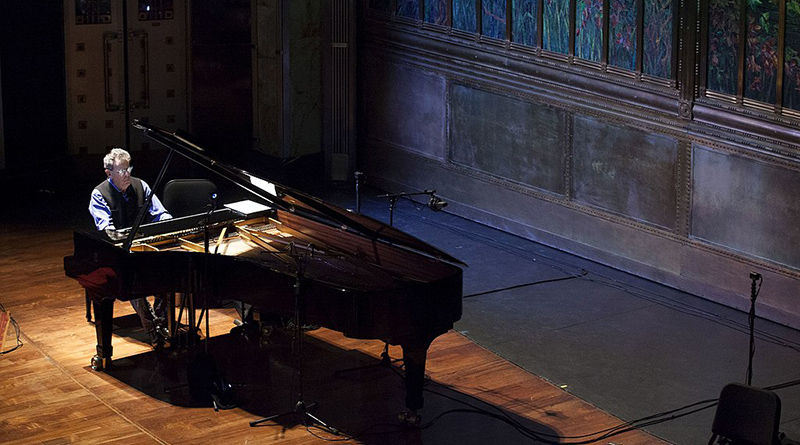She had no sooner disembarked at Aspinwall [Panama] [in 1864] than she set out to find the cemetery where she imagined George Marshall was buried. Without worrying about her trunks, which had been piled on top of each other at random, without haggling over a high-priced room, Fanny set off down the main street, threading her way, her daughter in tow, between the slums and brothels, the billiard parlors and gambling dens. Then she crossed the iron track along the seafront and the sheds where rows of bananas, coconuts, heaps of coral, and vegetable ivory awaited shipment to New York, baking under roofs of corrugated metal. In this way she reached the second main street of the town. Cabins built on pilings to escape the snakes were lined up one after the other, each with its rows of balconies. The ground floors, open to the weather, served as storerooms for the heaps of baggage the travelers hoped to transport across the Isthmus; the first floors served as hotels. There, in the heart of the village, stood two stagnant ponds, former tide pools that had been cut off from the sea with the construction of the railroad. All sorts of refuse floated in them, rags, coconut leaves, dead fish and monkeys, even pack mules decomposing in a suffocating odor of rotting flesh.
The vapors from these ponds killed off several native families every week. You did not have to succumb on the spot. Four of the travelers from the Iroquois who had already visited Panama had died at sea as they approached the tropics. Even the lucky ones, who thought they had escaped the famous “Aspinwall fevers,” would have bouts of malaria all their lives.
Gagging on the stench, Belle had begun to cry. Just in front of them, at the entrance of the Union Hotel, three vultures were tearing apart a sea turtle. The hem of the child’s little lace panties was soaked in a greenish liquid. Fanny had seized her daughter around the waist and continued quickly toward the interior of the village. With her free hand she had raised the hoop of her ample red skirt up to her knees, revealing her white stockings and the tops of her ankle boots. Her train dragged in the mud. Newly gloved, corseted, and hatted for the landing, like all the female passengers, she presented a powerful contrast to the Indian women crouched on their doorsteps, their dresses rolled up to their hips who watched her pass while kneading pastel muslin in iron buckets. Under the black mesh of her short veil, Fanny’s eyes lingered, leapt away and returned to those pendulous breasts, naked and glistening.
She came to the end of the street. There, at the edge of the equatorial forest, lay the cemetery. It was an enormous white graveyard, where tombs and crosses were laid out in an orderly fashion between four walls. Alas, the nauseating odor persisted in this necropolis solidified by the heat and laced with filth, with the noise and ferment of the port. Yet a peace such as Fanny had never known settled over the dead.
She set her daughter down and walked through the transverse row without taking her eyes off the trees of the surrounding forest, whose hairy vines clung to the walls and took root in the graves. She felt someone’s eyes were watching her. Belle must have shared this impression because she followed her mother carefully, keeping her face under her big straw hat raised toward the fleecy sky.
The piercing cry of a parrot rent the silence. The child grabbed her mother’s hand. And then from every side came a tide of insults, the cries of thousands of monkeys washed over them, a piercing, menacing clamor that nailed them among the gravestones, tiny red dots in the midst of this white vastness. Peace descended once again, even more oppressive.
They had no trouble finding what they were looking for. Fanny’s husband Sam had forgotten to specify the name and place of the cemetery, but his letter provided topographical clues for finding the grave: off the central path, third to the right, last cross. It was there. Fanny’s intuition had not misled her. CAPTAIN GEORGE MARSHALL. 1836–1864.
The plaster was already crumbling, weeds pushing up through the cracks. The grave, raised by tropical vines, covered with ivy, was disappearing.
“Say a prayer, Belle.” — Alexandra Lapierre, in her biography Fanny Stevenson: Muse, Adventuress and Romantic Enigma (read for free)







